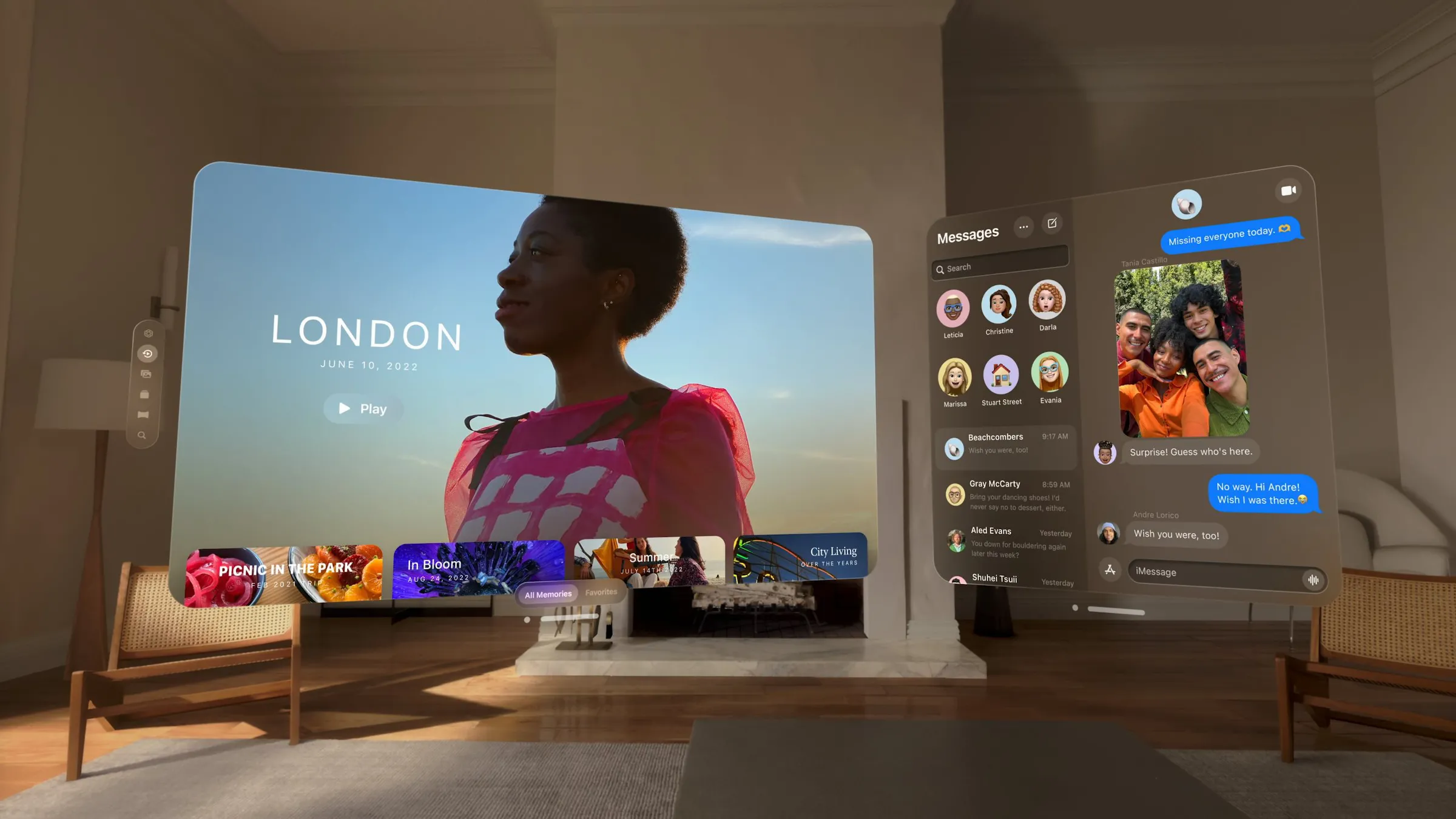Ecommerce and AR Future Trends
“The future of augmented reality (AR) in ecommerce represents a transformative shift in how consumers interact with products before making a purchase. As AR technology continues to evolve, it is set to redefine the shopping experience, making it more immersive, personalized, and interactive. This blog explores the potential impacts, challenges, and opportunities that AR brings to the ecommerce sector”
Immersive Shopping Experiences
AR enables consumers to visualize products in a real-world context, whether it’s trying on clothes without stepping into a store or seeing how a piece of furniture would look in their living room. This immersive experience helps customers make more informed decisions, reducing the likelihood of returns and increasing satisfaction. As 3D modeling and AR visualization technologies become more sophisticated, the accuracy and realism of these experiences will only improve, making online shopping as tactile and interactive as shopping in a physical store.

Personalization at Scale
AR technology can tailor the shopping experience to individual preferences and physical characteristics. For example, virtual fitting rooms can recommend clothing sizes based on the customer’s body measurements, and AR makeup apps can suggest products that match the user’s skin tone. This level of personalization not only enhances the customer experience but also fosters a stronger connection between brands and consumers.
Overcoming Challenges
Despite its potential, AR in ecommerce faces several challenges. High-quality AR experiences require significant computational power and sophisticated algorithms to seamlessly integrate virtual objects into real-world environments. Additionally, creating detailed 3D models of products can be time-consuming and expensive for retailers. There’s also the issue of user adoption; although smartphone penetration is high, not all consumers are ready or willing to use AR technology for shopping.
Opportunities Ahead
The integration of AR into ecommerce opens up numerous opportunities for innovation and growth. Retailers can leverage AR to offer unique promotional activities, such as virtual treasure hunts in stores or interactive product demonstrations. Moreover, AR can enhance online customer service, enabling representatives to visually guide customers through setup processes or troubleshoot issues in real-time.
Another significant opportunity lies in data analytics. AR apps can collect valuable data on customer interactions and preferences, providing insights that can drive product development, marketing strategies, and inventory management.
The Road Ahead
The future of AR in ecommerce is not without its hurdles, but the potential benefits are too significant to ignore. As technology advances, we can expect AR to become an integral part of the ecommerce landscape, offering experiences that are not only convenient but also deeply engaging. For businesses, staying ahead of the curve in adopting AR technologies will be key to capturing the attention of the next generation of consumers.
To fully realize the potential of AR in ecommerce, collaboration between technology providers, retailers, and consumers will be essential. By working together to address technical challenges and foster user adoption, the ecommerce sector can unlock new dimensions of shopping that are immersive, personalized, and interactive. The journey towards AR-enhanced ecommerce is just beginning, and it promises to reshape the way we think about shopping in the digital age.
Comments (2)
-
-
Kevin Wels
Cu nam decore petentium, cum no dico laudem. Duis postulant an est, doming quaestio efficiantur vel ex, cibo discere repudiare quo.
-




Laura Dern
Lorem ipsum dolor sit amet, cu his justo ornatus oporteat, ea eius erant qui, in alia congue eos. Usu iusto vidisse mentitum cu, sed periculis adipiscing id.